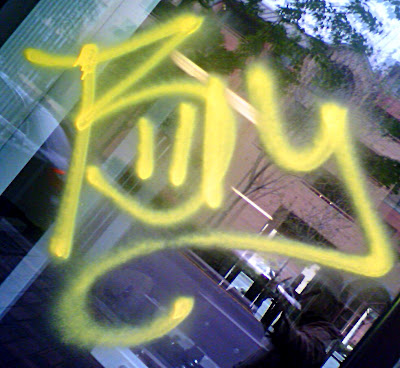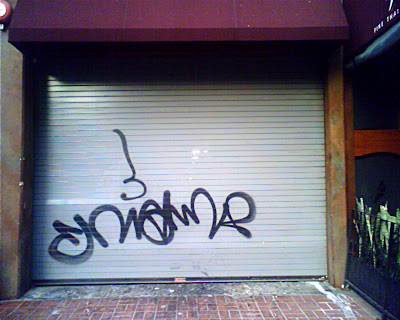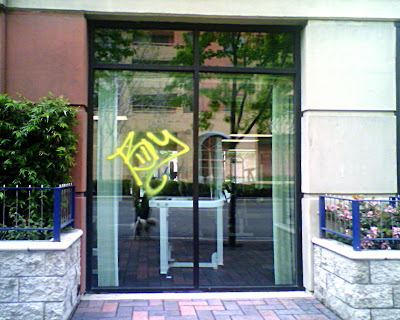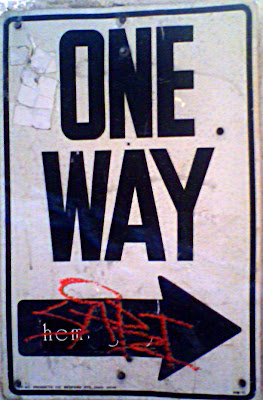All works of art whether they are a sand castle or Mount Rushmore have a finite existence. They are imagined, and brought into being by an artist and then are destroyed by the forces of man and nature Some of the more permanent art has long outlived its creator or even its artist. Ancient Roman and Greek statues were painted in brilliant colors. But they came to be known by art lovers who never knew them to be so adorned. And though we know what colors were used in some of the statues, one rarely sees them restored to their true form.
Graffiti might seem the sort of art that would quickly pass out of context. In fact one of the strengths of graffiti is that it is oftent current and immediate. If you find some graffitti whose message has not stood the test of time as well as the medium itself, reage for some Graffiti Safe Wipes. These cleaning cloths remove the Graffiti while leaving many paints and sufraces unharmed. This link is to a a page that offered a free sample. I have no control of when offer ends.Sunday, November 15, 2009
Saturday, September 26, 2009
Debug Tag in Green on Parking Meter
Pictures Taken on 20 September 2009
The choice of location for this tag is interesting. Its small size will mean that it will receive fewer views. But for the person using the meter the tag will be impossible to ignore. I have seen the "Debug" tag in other places. In other instances it is clear that the icon below the text is a representation of an audio cassette. The original medium for recorded audio was cylinders covered with wax in which the audio was recorded in analog mechanically. Later this technology was replaced with similar technology replaced with mechanically recorded analog on discs. The most popular medium of which was analog. This technology was limited in the duration of playback possible. This technology was replaced, especially for use in audio broadcasting by a technology developed by the Germans which used magnets to record analog audio on a special kind of tape. These tapes were available in several forms including reel to reel, eight track and finally the cassette.
The cassette was a consumer version of the magnetic tape technology. Consumer technology allowed for both playing and recording on such tapes. These tapes were even used to store digital information from computers such as the Apple II, Commodore Vic-20, and TI 99-4a. The use of such tapes continued well past the initial popularity of digital recordings on compact discs. Consumer recording of compact discs lagged playback for several years. Further early compact disc players had little if any buffering, so were not superior to the cassette for such activities as jogging. The cassette technology slowly faded in popularity with the development of better cd players. The advent of solid state digital players brought about the end of wide spread use of audio cassettes.
The audio cassette conveys the idea of "old school" technology both audio and computer. Since cassettes where quickly replaced by the the disk drive as the preferred data storage technology for personal computers, the cassette is associated with a very specific time frame in personal computer culture. Therefore one would presume that the taggers is older, at least in his thrities at the time of this picture, or very interested in arcane obsolete technology.
Thursday, May 7, 2009
Billy in yellow spray paint
 Pictures Taken 11 April 2009
Pictures Taken 11 April 2009Wednesday, April 29, 2009
Rama Thai Restaurant (Tagged)


 Pictures Taken 28 April 2009
Pictures Taken 28 April 2009This a larger than usual example of spray paint graffiti. The symbol above the writing looks like a nose to me but it could also be a letter. The over letters look to me to be "ywvw8"? But I din't know what this might be. This graffiti was found on the Rama Thai restaurant in the Gaslamp Quarter. The information for the restaurant is as follows.
327 Fourth Avenue
San Diego, CA 92101
(619) 501 8424
Owned by
Alex Thao
(619) 501 8424


